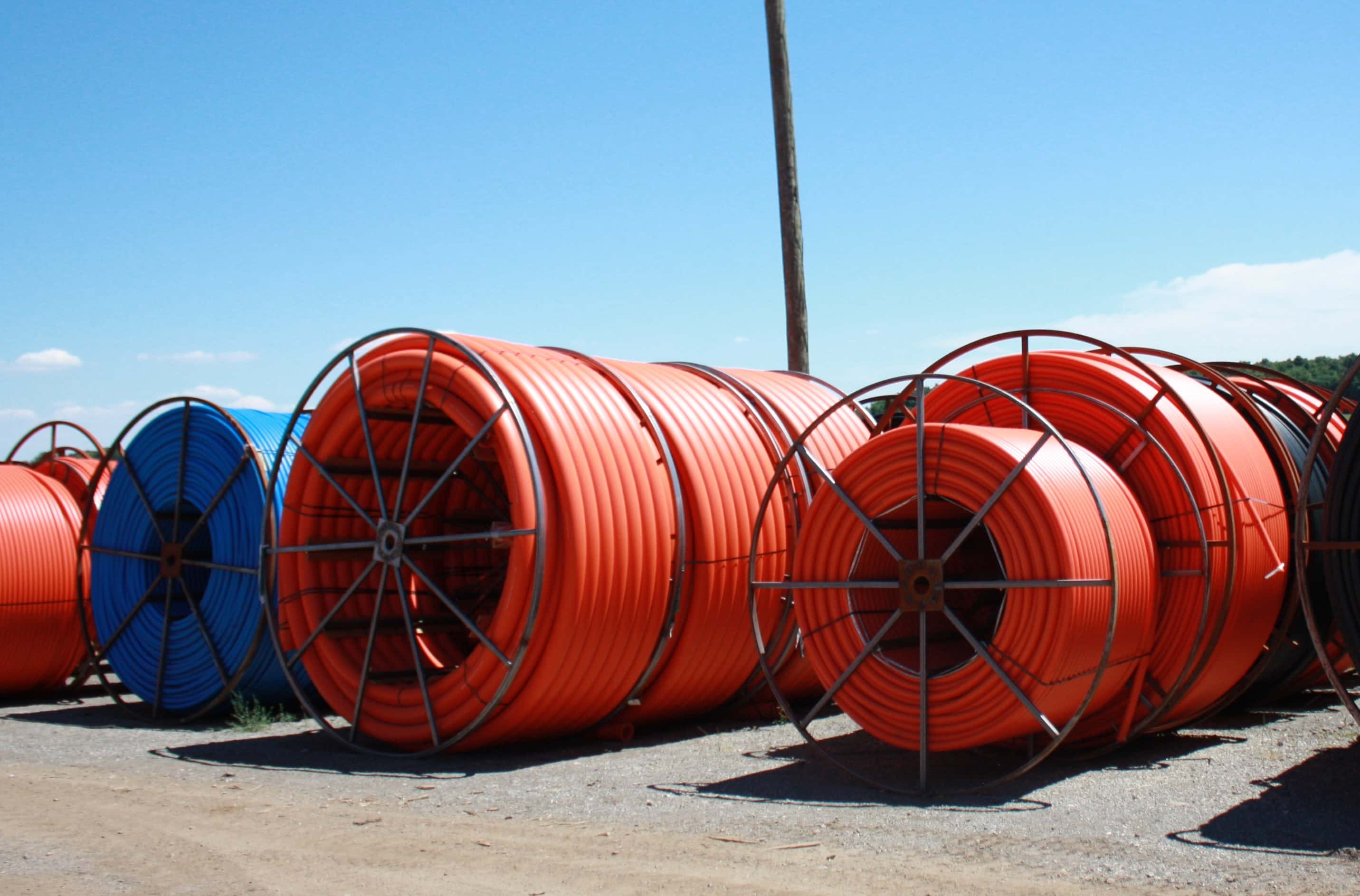American Plastics HDPE Pipe for Oilfield: Trusted by Engineers
Understanding the Trick Advantages of HDPE Pipe for Water and Wastewater Monitoring
The use of HDPE pipe in water and wastewater monitoring presents numerous benefits that warrant consideration. Its extraordinary toughness and lengthy lifespan make it a recommended choice for many jobs. Furthermore, the material's resistance to corrosion and chemical damages improves its reliability in different atmospheres. However, the benefits prolong beyond simply durability and resistance. Exploring its cost-effectiveness and environmental influence exposes a lot more engaging reasons for its widespread adoption in contemporary infrastructure
Outstanding Durability and Durability

HDPE pipe attracts attention for its phenomenal longevity and long life, making it a preferred option in water administration systems. Constructed from high-density polyethylene, these pipelines can hold up against considerable stress and anxiety, making certain trustworthy performance with time. Their durable nature enables them to endure severe environmental conditions, consisting of temperature variations and soil motions, which can trigger various other materials to fail.
The life-span of HDPE pipes usually exceeds half a century, providing a cost-efficient service for municipalities and industries alike. Furthermore, the material's light-weight residential properties simplify setup, lowering labor prices and durations. This sturdiness minimizes the demand for constant repair services or replacements, further enhancing its economic appeal.
In water monitoring applications, the reliability of HDPE pipes indicates fewer interruptions and improved solution continuity, making them integral to sustainable framework advancement. The combination of longevity and long life strengthens HDPE's function as a foundation in reliable water monitoring options.

Resistance to Corrosion and Chemical Damages
While lots of materials yield to corrosion and chemical damages with time, HDPE pipelines display amazing resistance, making them ideal for various water monitoring applications. This resilience stems from the molecular framework of high-density polyethylene, which is naturally non-reactive and does not corrode like steels or break down from exposure to rough chemicals. Consequently, HDPE is very reliable in atmospheres with hostile materials, such as wastewater systems that might have acids, bases, and natural solvents.
In addition, HDPE pipes can withstand environmental variables such as soil acidity and saline conditions, further improving their viability for diverse applications (American Plastics HDPE Pipe for Oilfield). Their capability to keep architectural honesty gradually reduces the risk of leaks and failures, which is important in making certain the security and dependability of water circulation and wastewater administration systems. Subsequently, the resistance to corrosion and chemical damage considerably adds to the overall performance and longevity of HDPE piping services
Cost-Effectiveness and Financial Benefits
When thinking about the monetary implications of water administration systems, the cost-effectiveness of HDPE pipes becomes obvious. These pipelines use reduced installment and maintenance prices compared to typical products like metal or concrete. Their lightweight nature streamlines transport and installment, causing decreased labor expenditures. In addition, HDPE pipelines show a long life-span, usually going beyond 50 years, which equates to less substitutes and lasting savings.
The resistance of HDPE to corrosion and chemical damage lessens the demand for expensive fixings and replacements. The pipes likewise sustain effective water flow, reducing energy costs connected with pumping systems. By reducing leaks and water loss, HDPE pipes add to significant financial benefits for municipalities and industries alike. On the whole, the initial investment in HDPE piping can produce significant monetary returns over the life-span of the water management system, making it a prudent selection for sustainable facilities development.
Environmental Sustainability and Decreased Effect

Versatility and Flexibility in Setup
As a result of their distinct buildings, HDPE pipes provide amazing versatility and flexibility in setup, making them appropriate for a variety of applications. Their lightweight nature permits much easier handling and transportation, reducing labor expenses and setup time. HDPE pipelines can be curved and shaped to fit various terrains and task demands, which is particularly valuable in challenging environments.
Furthermore, their resistance to deterioration and chemical damages permits for installment in diverse setups without the requirement for specialized safety finishings. The capacity to fuse joints produces a continuous, leak-free system, improving the overall integrity and dependability of the installment. HDPE's flexibility likewise suits ground activity, minimizing the threat of damage in locations vulnerable to shifting soil. On the whole, these features make HDPE pipelines not only functional yet additionally a preferred choice for water and wastewater monitoring systems.
Regularly Asked Inquiries
Exactly How Does HDPE Pipeline Contrast to PVC in Water Monitoring Applications?
HDPE pipe offers remarkable versatility, resistance to rust, and toughness contrasted to PVC. Its lighter weight facilitates simpler setup, while its long lifespan lowers replacement prices, making HDPE a recommended choice in water administration applications.
What Is the Lifespan of HDPE Piping Under Normal Conditions?
Under normal problems, HDPE pipes can have a life-span varying from 50 to 100 years. Their Visit This Link sturdiness and resistance to deterioration add to their long-term performance in various applications, making them a reputable choice for facilities.
Are HDPE Pipes Recyclable After Their Life Span?
Yes, HDPE pipes are recyclable after their life span. American Plastics HDPE Pipe for Oilfield. They can be processed and repurposed into new products, significantly reducing ecological effect and advertising sustainability within the sector, making them an environment-friendly option for piping remedies
What Is the Installment Process for HDPE Pipeline?
The installment process for HDPE pipes entails website preparation, trenching, pipe combination or mechanical joining, backfilling, and pressure screening. Appropriate methods guarantee a sturdy and efficient system for transferring water and wastewater effectively.
Can HDPE Piping Be Utilized for Both Potable and Non-Potable Water Systems?
Yes, HDPE pipes can be read the full info here used for both drinkable and non-potable water supply. Their flexibility, toughness, and resistance to deterioration make them appropriate for numerous applications, making certain risk-free and efficient transportation of water in different contexts.